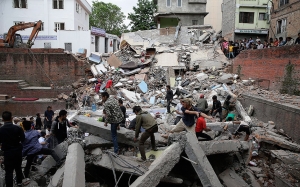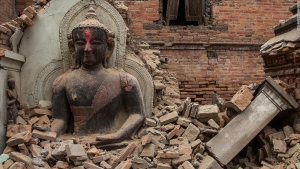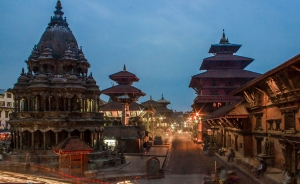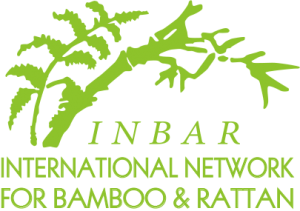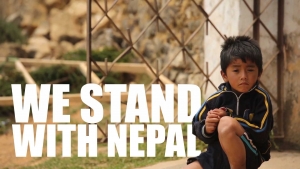Rebuilding Nepal after the 2015 Earthquakes
Major Earthquakes in Nepal in 2015
Major earthquakes hit Nepal on the 25 April 2015 with its epicentre in the Gorkha district and then again on the 12 May. The epicentre this time was in the Sindhupalchok district, both causing extensive damage to the buildings and Nepal’s infrastructure and particularly effected the northern parts of Gorkha, Rasuwa, Sindhupalchok and Dolakha districts. These included the Manaslu and Langtang national parks. The magnitude of the quakes was a magnitude of 7.8 on April 25. and a 7.3 quake on May 12.
What was the impact?
Nearly 9,000 people were killed, 22,000 injured and close to a million homes were destroyed in this tiny Himalayan country. Today, there are reported to be “tens of thousands of survivors” still living in huts made from tin sheets and tarpaulin as reconstruction has been delayed by “political bickering over a new constitution”. (Reuters).
Has there been much in the way of recovery and rebuilding?
Fortunately, most of the historical monuments in the Kathmandu Valley survived the earthquake. Patan’s Durbar Square lost one Vishnu Temple, Bhaktpur / Bhadgaon lost one Batshla temple. Kathmandu’s Durbar Square lost three temples. The great Boudhanath Stupa was damaged but not destroyed. Many of the heritage sites were still standing. Reconstruction work has already started and will take some 3 to 4 years to complete all the monuments / heritage sites.
In March 2016 the Thomson Reuters Foundation reported that Nepal is turning to bamboo, nicknamed “vegetable steel”, as it rebuilds homes and schools. It quoted Nepalese architect and national coordinator for the International Network for Bamboo and Rattan (INBAR), Nripal Adhikary who wrote that “Bamboo is a great material. The biggest enemy (in a earthquake) is weight and so bamboo is perfect because it is light, flexible and very strong.”
Bamboo is considered to be ideal for rebuilding in Nepal’s mountainous terrain as it grows widely and is easier to transport than heavier materials. there are over 50 indigenous bamboo species covering an estimated 63,000 hectares. Experts have said that its sustainable use will also bring benefits such as providing a boost to local employment and economies.
Currently, INBAR is working with Nepal’s government and NGO’s on a $800,000 pilot project using bamboo to build 150 homes and 10 schools which they hope other agencies will replicate. The Government has been impressed by the financial savings of using bamboo which is around 50% cheaper than other building materials. Technological advances which have improved its longevity and durability have contributed to the decision to use Bamboo as the material of choice.
How is the rebuild being funded?
The National Reconstruction Authority (NRA) was only set up in December 2015 and is seeking 811 billion rupees ($8 bn) to implement its reconstruction programme over the next 5 years. So far, several countries, including the UK, have committed US$ 4 billion of this, which the Government will distribute through the office of Chief District Officer’s in all 14 districts affected by Earthquake. It is hoped that by the end of 2016 reconstruction of schools and private dwellings will be completed. NRA spokesperson, Ram Thapaliya, told BBC Nepali that “Donors have already pledged half the amount and we are in the process of seeking commitment for the rest.
A recent BBC report confirmed that so far the Nepalese Government has provided 25,000 rupees ($250, £164) to families to buy corrugated sheets and warm clothes and paid out 40,000 rupess ($400) for the death of each family member. The BBC report confirms that most affected families have received this.
How many people are still homeless?
Nepali government figures show about 500,000 families were made homeless by the quakes. Aid agencies say the figure is much higher, with millions homeless. According to the International Federation of Red Cross and Red Crescent Societies (IFRC), “an estimated four million people are living in sub-standard temporary shelters” and are exposed to weather and health hazards.
Prince Harry’s visit to Nepal.
The recent visit of Prince Harry was considered to be a significant boost to Nepalese Tourism, as it received much coverage by the International media. The Prince visited heritage sites devastated by last years’ earthquakes He visited Patan’s Durbar Square, a UNESCO World Heritage Site, near the capital, Kathmandu, to see damage to an ancient royal palace and surrounding temples.
Later he visited the temple town of Bhaktapur, east of Kathmandu, and visited a pre-positioning site for quake emergency supplies – shelter kits, water and sanitation equipment – and met survivors at a camp for displaced families.
The restoration of monuments is on-going using traditional craft skills such as wood-carving and gilding. Prince harry fully engaged with the Nepalese people during his four-day tour of Nepal and met some survivors, many of whom are still living in makeshift shelters. He also visited some of the artisans working at the site.
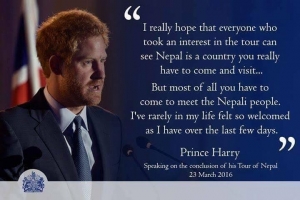
At a government reception celebrating 200 years of ties between Nepal and Britain, Prince Harry said, “I pay my respects to those who perished and hope to do what I can to shine a spotlight on the resolve and resilience of the Nepalese people,”
He met with Nepal’s first woman president, Vidhya Devi Bhandari, and Prime Minister K.P. Sharma Oli. He finished the tour by meeting the families of the Gurkha soldiers with whom he had served in Afghanistan.
And now?
Spencer Scott Travel has had a long association with Nepal having sent over 40 parties walking, trekking, bird-watching and wildlife safaris since 1991. Our contacts in Nepal have told us that Prince Harry’s visit was well received and has given tourism a boost. They report that visitor numbers have “picked up” especially from UK.
Most of the renowned trails and treks, many of which were damaged in the earthquakes, have been repaired and re-opened. Trekking expeditions to Everest and other peaks are operating for this season and the main roads across Nepal are once again open. The Gorkha Gaun Resort is again welcoming visitors. In another years time the rebuilding process should be completed.
Join a special Walking Holiday that will help school children in the earthquake stricken area – March 2017
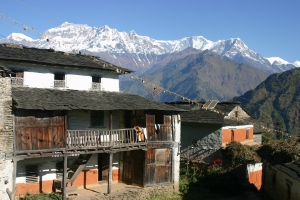 ‘Nepal has made the greatest impression on me. I long to return to the country, people and culture I most love and to walk beneath the greatest mountains in the world. ’ Pete Hawkins , veteran mountain leader of our many walking trips to Nepal. If you would like to join Pete on a special walking holiday that will include a donation to a village school in Gorkha then please contact us to register your interest.
‘Nepal has made the greatest impression on me. I long to return to the country, people and culture I most love and to walk beneath the greatest mountains in the world. ’ Pete Hawkins , veteran mountain leader of our many walking trips to Nepal. If you would like to join Pete on a special walking holiday that will include a donation to a village school in Gorkha then please contact us to register your interest.
+44 (0)1825 714310
walks@spencerscott.co.uk


